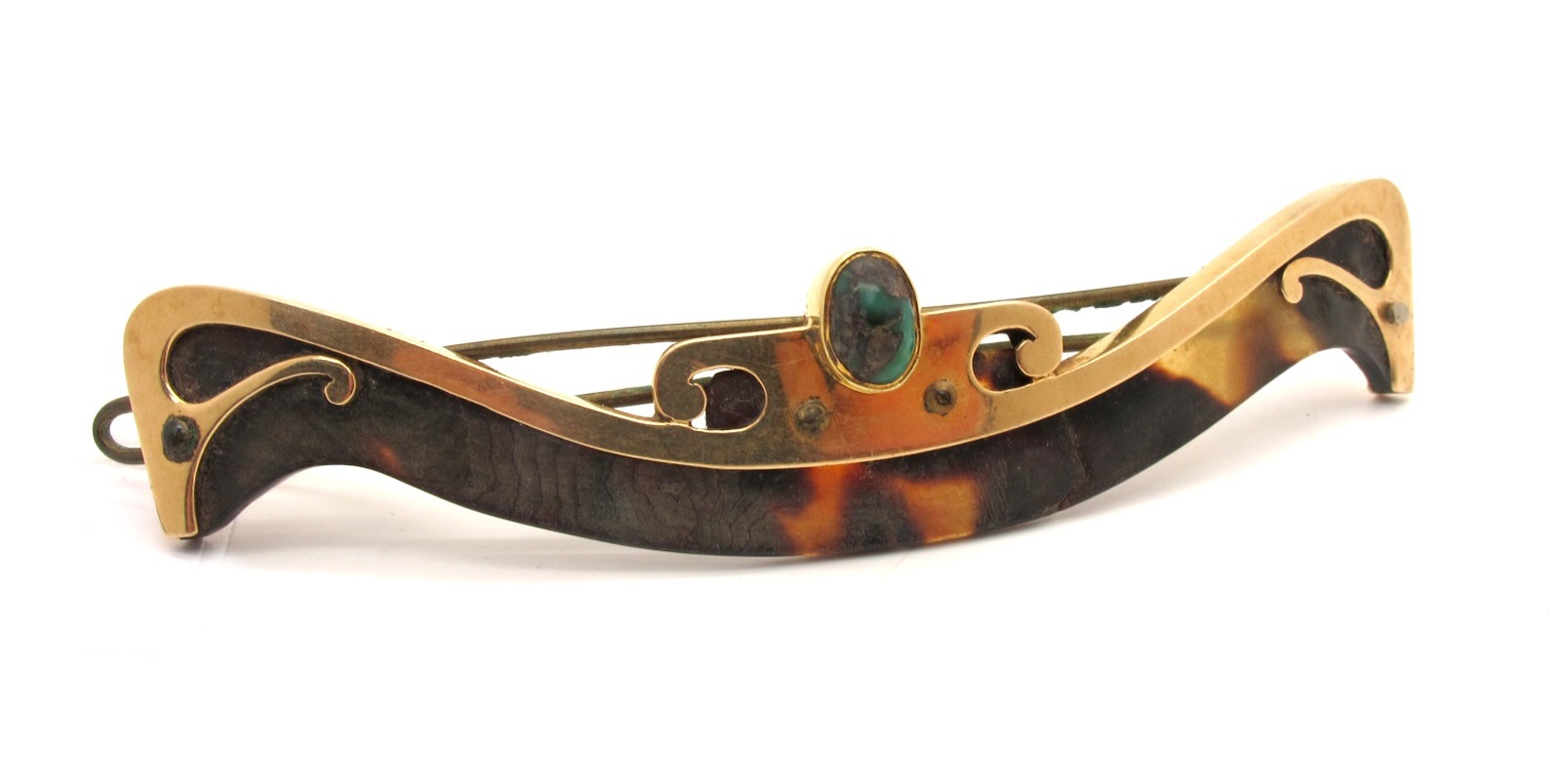Art Nouveau
Summer is here, which means we are seeing pastel palettes and golden sunshine (we hope so, anyway!).
25/07/2024 Blog
Summer is here, which means we are seeing pastel palettes and golden sunshine (we hope so, anyway!).
What better way to jump into the season, than discussing The Art Nouveau movement, which saw pastel colours, floral designs and golden curves bursting throughout designs.
The Art Nouveau movement was a short-lived, but highly impactful movement which flourished between 1890-1910, a sub era of the Victorian Period. The movement aimed to utilize the progression of machinery, innovative materials and Avant-Garde design ideas, incorporating motifs, and flora and fauna, such as dragonfly’s, peacocks, flowers, and foliage.
The Art Nouveau movement gave designers creative freedom, and the development and production of machinery during The Machine Age made this more possible with new materials and mass production, artists were seen exploring designs comprising sinuous curves, free flowing lines and flora and fauna, creating the never-before-seen designs. The movement is also said to draw inspiration from the female form, stylised feminine and ethereal designs, created the most enchanting and sought after pieces.
Amongst some of the most notorious designers of the time; Georges Fouquet, Henri Vever and Murrle Bennet, we have the well renowned Late French designer; Rene Lalique.
Lalique’s work was testament to his studies at the Paris School of Decorative Arts, combined with his apprenticeship as a goldsmith and becoming a renowned ceramicist and glassmaker. His early work saw decorative designs combined with charming naturalist scenes to create some of the most famous and alluring pieces of Art Nouveau jewellery to date. Also famous for his later glasswork, Lalique experimented with glass techniques within his jewellery to bring realistic and dimensional details, as well as exhibiting exquisite ancient methods of craftsmanship with enamel, to create an effect known as “Pliqué a Jour”, French for “letting in daylight”. The method saw enamel turned into smaller-scale stained glass designs, captivating to say the least - Seen throughout many Art Nouveau pieces, Pliqué a Jour was surely one of the many details that enticed the most prestigious of clientele to explore the newfound style.
In addition to the highly popular use of enamel throughout designs, artists also favoured semi-precious stones in place of sizeable diamonds and precious stones. Instead, diamonds were used as accent or detail stones, and the focal point was placed onto stones such as turquoise, amethyst, moonstone, pearl and citrine, just to name a few. Contrast to many decorative and extravagant designs of the time, the Art Nouveau movement saw harmonious colours and designs, each element complementing the next.
One such designer was London based German-English partnership Murrle Bennet whose use of turquoise, amethyst, opal and peridot are front and centre in many of their designs. For example, a fantastic Murrle Bennet hair slide, featuring a turquoise cabochon, set to the centre of a 15ct gold curved design slidex mounted upon tortoiseshell, sold for £240 in our June Fine Silver, Jewellery and Watches auction here at Sheffield Auction Gallery.

Collectors are always on the look out for the most stylish and creative designers of the Art Nouveau period, so if you think you may have something of interest, the team at Sheffield Auction Gallery are here to help!